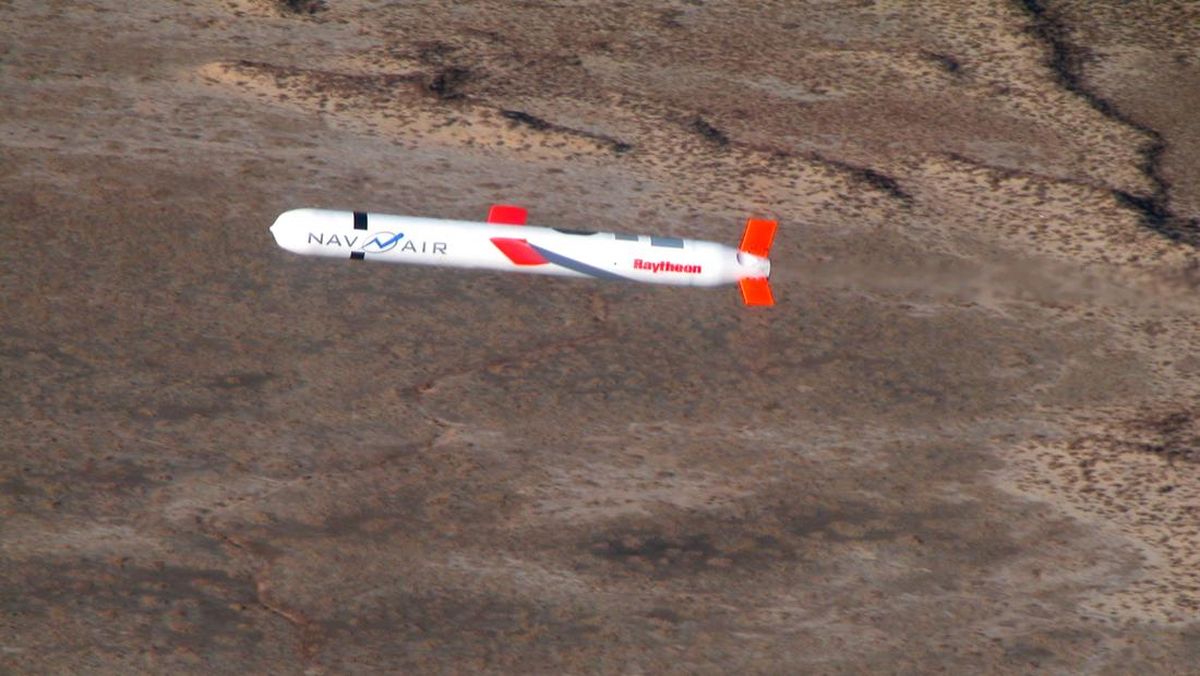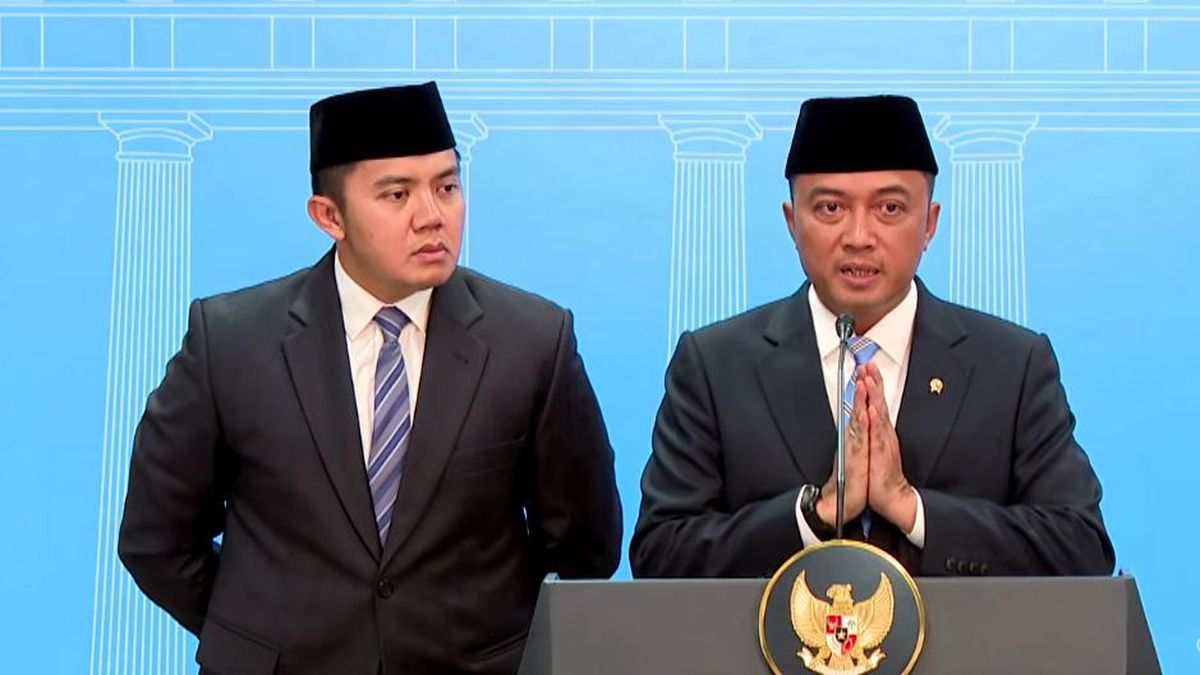Mumgaard has warned US Congress that China’s ambitions are becoming a clear and present danger to US economic and national security.
“This is a very high-stakes race worth trillions of dollars. China is positioned to win; the US isn’t,” he says.
Mumgaard says the Chinese have been pouring money on a massive scale into all the foundational structures of an active fusion industry.
“The US has nothing like this,” Mumgaard says. “Our fusion program looks like it did a decade ago. It’s fragmented, underfunded and ill-equipped and still focused on science.”
Mumgaard spoke last week at a shocking but sparsely attended session in Congress on the fusion race. The mood was in stark contrast to the heady triumphalism of the Pujiang Innovation Forum in Shanghai happening at much the same time.
Professor Zhang Jie, from the Chinese Academy of Sciences, says his country is fast developing a form of inertial laser fusion at a vast new facility in Sichuan that is 30 times more efficient than its US rival and promises to deliver baseload power at about $US25 a megawatt hour.
Such a level – if achieved – would obliterate all competition in global energy and establish China as the hegemonic electro-superpower.

The US is nuclear fusion’s world leader, but China is moving at lightning speed to secure a stranglehold over the sector’s industrial supply chain.Credit: AP
Zhang, China’s “Dr Fusion”, says the technology will drastically change the international order and lead to an economic upheaval that surpasses all three industrial revolutions seen so far – mechanical, electrical and digital.
China’s leaders were stunned when the Lawrence Livermore laboratory in California announced in December 2022 that it had achieved ignition, generating more energy from fusing hydrogen isotopes than it put in to set off the reaction.
The lab has since repeated this eight times and reached an energy gain ratio of 4.1, as well as a “self-sustaining feedback loop” known as burning plasma.
Regan says Beijing instantly grasped the significance of the breakthrough and has since mobilised the full apparatus of the Chinese state to surpass it.
Beijing is replicating the same strategy it used to wipe out global rivals in solar panels, lithium batteries, critical minerals and electric vehicles.
“They are now close to operating a facility that could produce up to 10 times more yield: an enormous capability gap,” he says.
China is also going hell for leather on the more traditional fusion technology using ultra-strength magnets.
In January, its Experimental Advanced Superconducting Tokamak (East) contained burning plasma at temperatures above 100 million degrees for a record 17.7 minutes, catching up with the West in what some are already calling a Sputnik moment.

China is aiming to produce the first fusion power for the grid by 2031, far earlier than previously suggested by Chinese officials and sooner than almost anyone had thought possible.Credit: Bloomberg
China now wants to produce the first fusion power for the grid by 2031, earlier than previously suggested by Chinese officials and sooner than almost anybody thought possible.
The larger point is that once China achieves this, it will be able to roll out plants at a pace the West cannot hope to match unless it too goes all out for fusion “rearmament”.
A recent study by a group of experts for MIT Technology Review magazine concluded that China already dominates three of the six critical industries that will underpin fusion at mass commercial scale – and is close to dominating another two.
These include thin-film processing needed to make superconducting magnetic coils – a spin-off from its solar sector – as well as specialist metal alloys able to resist radiation.
Loading
China has also stolen a march on power electronics thanks to its network of high-speed railways – 55 times larger than the US Acela network – and its massive expansion of renewable microgrids.
We are starting to glimpse the insidious price the US will pay for clinging too long to old fossil fuel tech while China bets the farm on new electro-tech.
There are today 53 private fusion companies worldwide and 85 per cent of the total funding raised so far has gone to US start-ups. Commonwealth’s $US3 billion venture is backed by Google, Nvidia and the big guns of US finance. It is already well advanced, with its experimental tokamak and plans to complete a commercial plant in Virginia by the early 2030s.
But there are limits to how fast private companies can move without a specialist ecosystem to back them up. That is yet to exist in America.
Chris Wright, the US energy secretary, has been on the airwaves proclaiming the gospel of fusion power within eight years.
“It has hit that tipping point where things are going to happen fast,” he has said.
But the Trump administration is doing precious little to ensure US companies will get there before a flock of Chinese rivals have already sewn up the global market.
The Americans badly need allies to plug the big holes in the supply chain, whether Japan for superconducting tapes or Britain for radioactive and rare H-3 tritium fuel. Hence the little-noticed fusion chapter in the US-UK nuclear deal agreed last week.
“The UK is the closest fit: they have facilities for tritium and blanket-breeding that are very significant, if we could get access,” Mumgaard says. “But when you look at India or some places in Europe, you wonder which side they are on.”
The beauty of fusion power is by now well understood. Plants cannot melt down. They are deemed safe enough to regulate like a hospital and can be built almost anywhere.
The technology does not emit carbon or produce long-lived radioactive waste. It needs little land and water. It can plug directly into the existing grid. It can deliver baseload power 24/7 or flex up and down. Tiny amounts of fuel can power the world endlessly.
There are still big hurdles. How do you stop neutrons from degrading the inner walls of the reactor? How do you control unstable plasma at 100 million degrees? The list of problems is long, but there has never before been such a concentrated effort to solve them.
The cardinal point is that advances in superconducting have suddenly made it possible to build a plant that is 40 times smaller than the old experimental reactors but which still generates as much power. It is this that has set off the global scramble for commercial fusion.
Loading
In a sense, the Chinese are doing us all a favour by forcing the pace. But a world in which the Communist Party’s totalitarian regime owns global energy is not going to be a pleasant one for Western democracies, if there are any left by then.
Telegraph, London
The Business Briefing newsletter delivers major stories, exclusive coverage and expert opinion. Sign up to get it every weekday morning.

















































